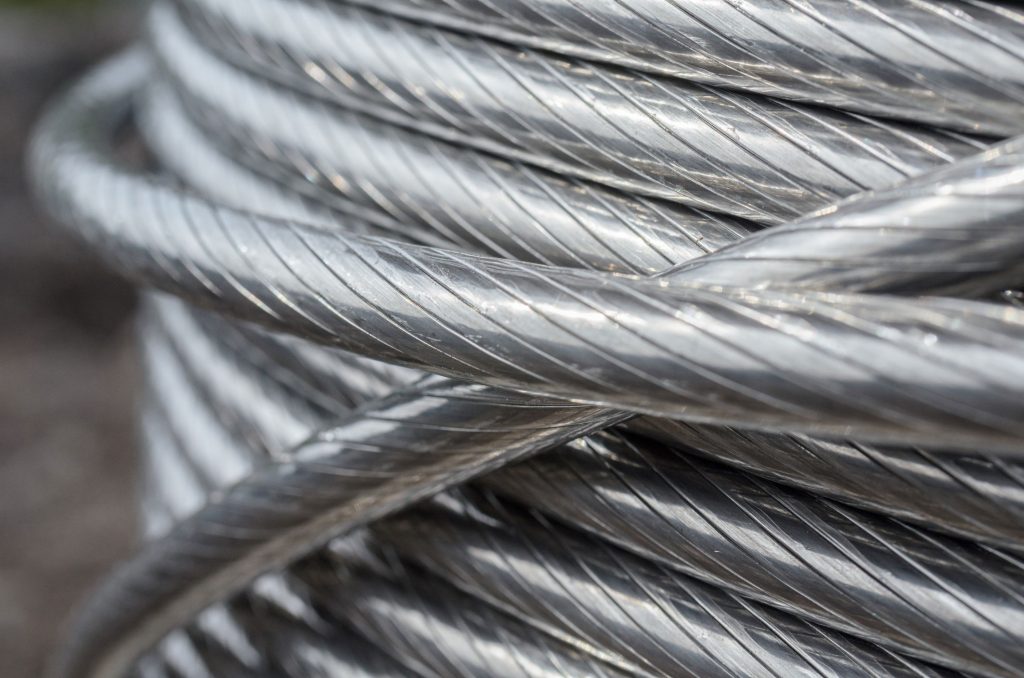
The Major Fire Hazard Hidden Within Your Walls
Do you have aluminum wiring in your home? If your house was built between the mid 60’s and the late 70’s, there’s a good possibility that you do. Because aluminum and copper expand and contract differently with various amounts of current and load, overheating of aluminum conductors may occur at switches, receptacles, splices, and pigtails, due to creep, oxidation, or galvanic corrosion.
The U.S. Consumer Product Safety Commission (CPSC) staff has investigated numerous hazardous incidents and fires involving aluminum branch circuit wiring. A study conducted by the Franklin Research Institute for the U.S. CPSC showed that homes built before 1972, and wired with aluminum wire, are 55 times more likely to have “Fire Hazard Conditions” at one or more wire connections at outlets than homes wired with copper. The survey encompassed wire connections at outlets; no information was developed for aluminum-wired homes built after 1972.

The fire hazard investigated by CPSC occurs at connections with aluminum wire, including receptacles or switches and junction boxes; or the hazards can occur with major appliances, including dishwashers or furnaces. There are several deterioration types in aluminum wire connections that cause increased resistance to the flow of electric current, resulting in damage that is cumulative in effect. The increased resistance causes overheating, sometimes at hazardous levels, when current is flowing in the circuit.
A shortage of copper in the mid 1960s caused builders to increase the use of aluminum wire in residential electrical distribution systems from the few large-power circuits (i.e., for electric clothes dryers and ranges), to general purpose 15- and 20-ampere-rated circuits. Homes built before 1965 are unlikely to have aluminum branch circuit wiring. Electrical cables installed between 1965 and the mid 1970s in new homes, in additions, and as part of rewired/new circuits may contain aluminum wiring. On April 28, 1974, two people died in a home in Hampton Bays, N.Y. Fire officials determined that the fire was caused by an overheating aluminum wire connection at a wall receptacle.
Find out how to identify aluminum wiring in your home.
What Can Be Done About Aluminum Wiring?
Simply pig-tailing the copper wire to the aluminum wire with an aluminum marrett (connector) is a temporary solution and requires ongoing maintenance. Westridge Electric Ltd. specializes in safe, effective and permanent aluminum wiring solutions and does not recommend aluminum marrett pig-tailing. Recommended safe and permanent solutions include rewiring to replace aluminum wiring. Read more about these and other options for repairing aluminum wiring here.
To learn more about aluminum wiring and how Westridge Electric can help, visit our aluminum wiring page or give us a call today.
Westridge Electric


